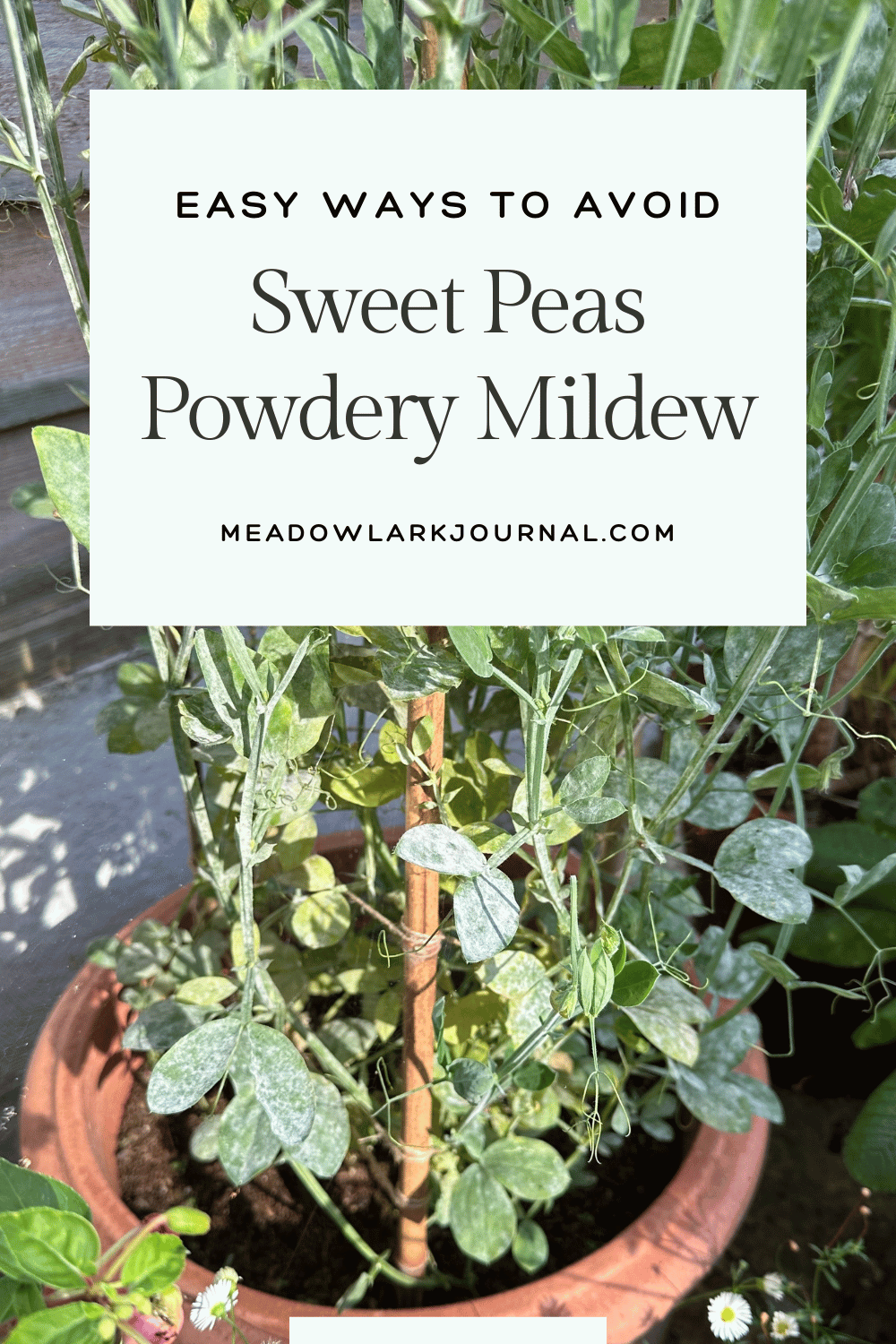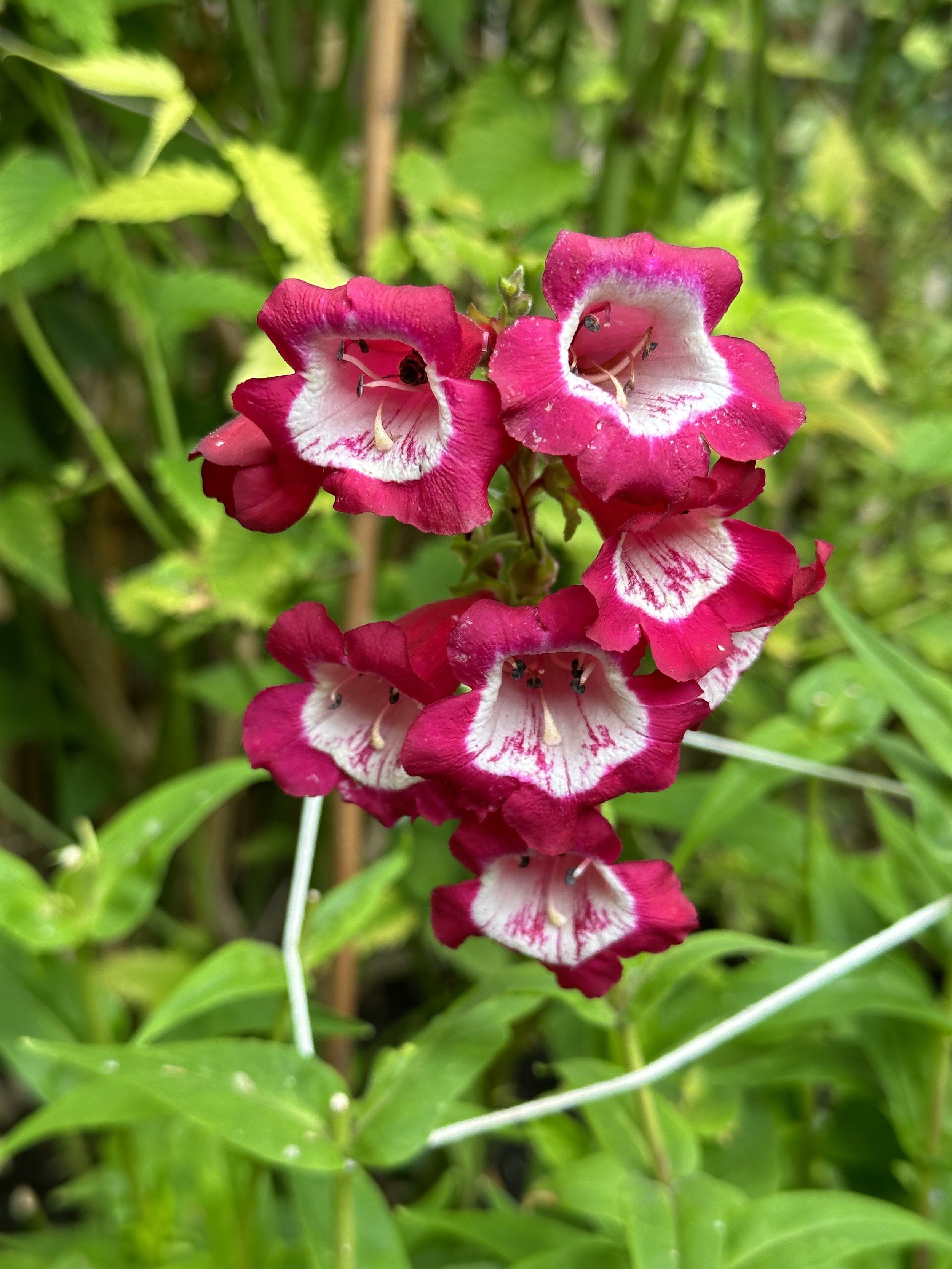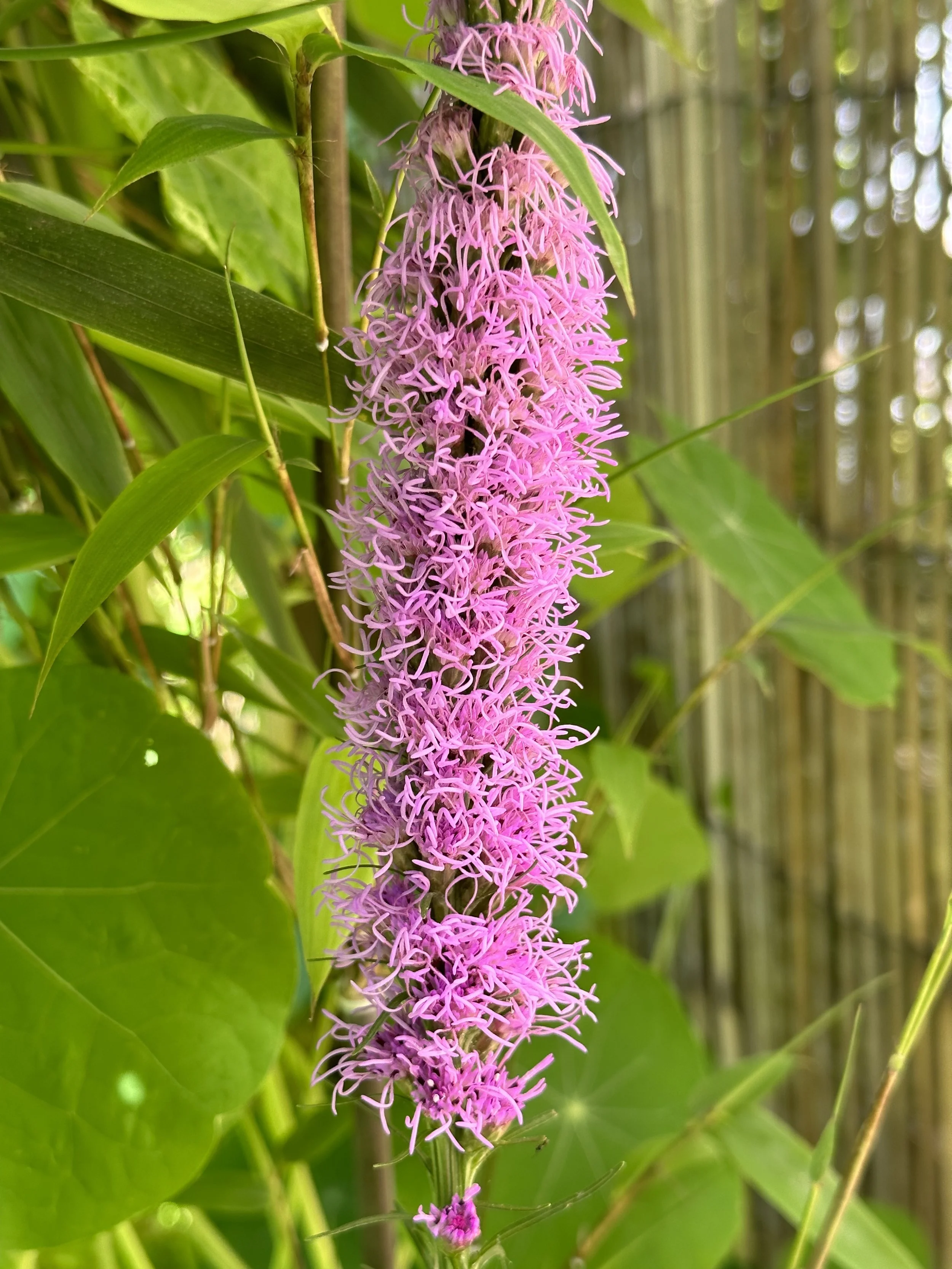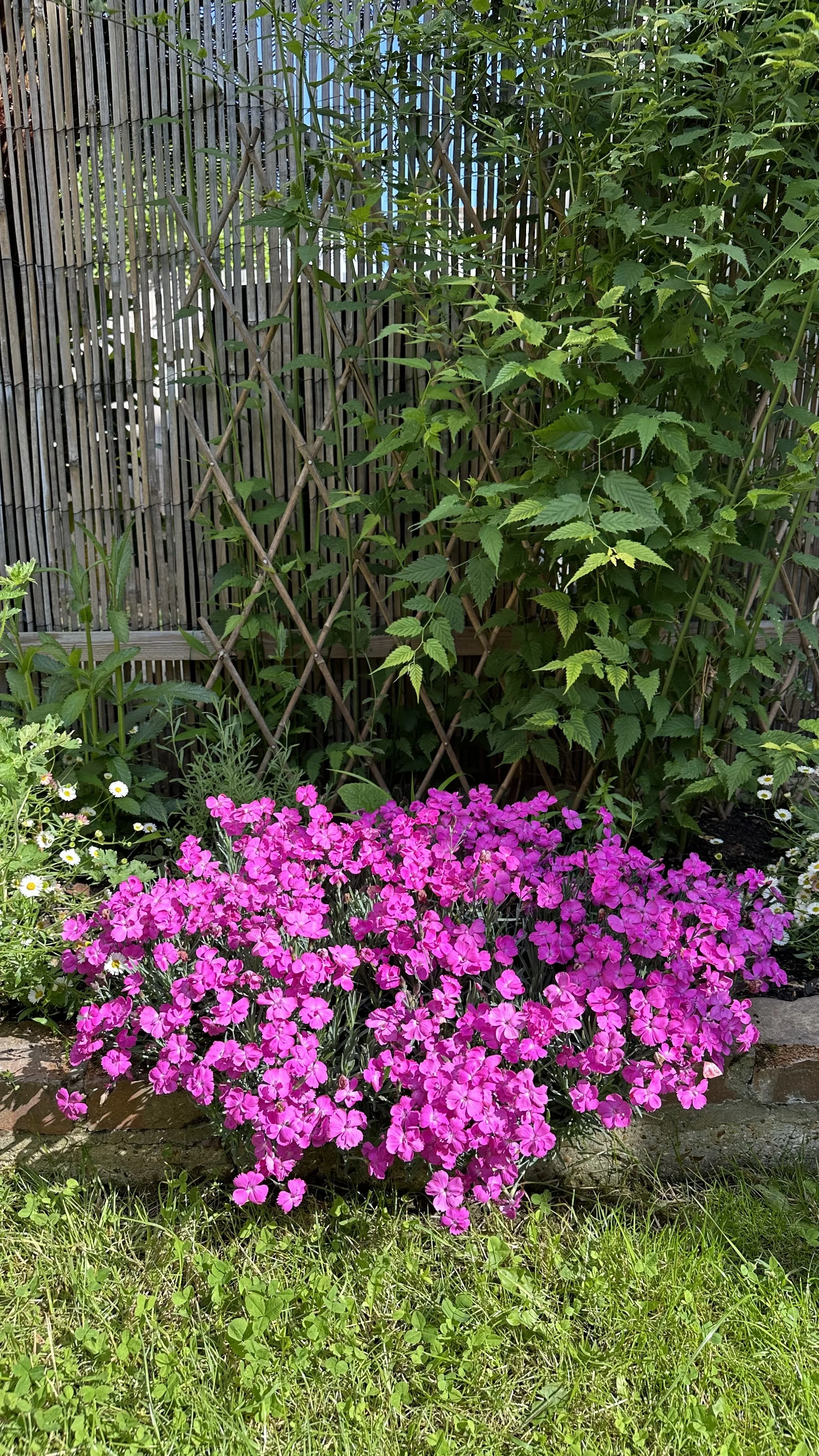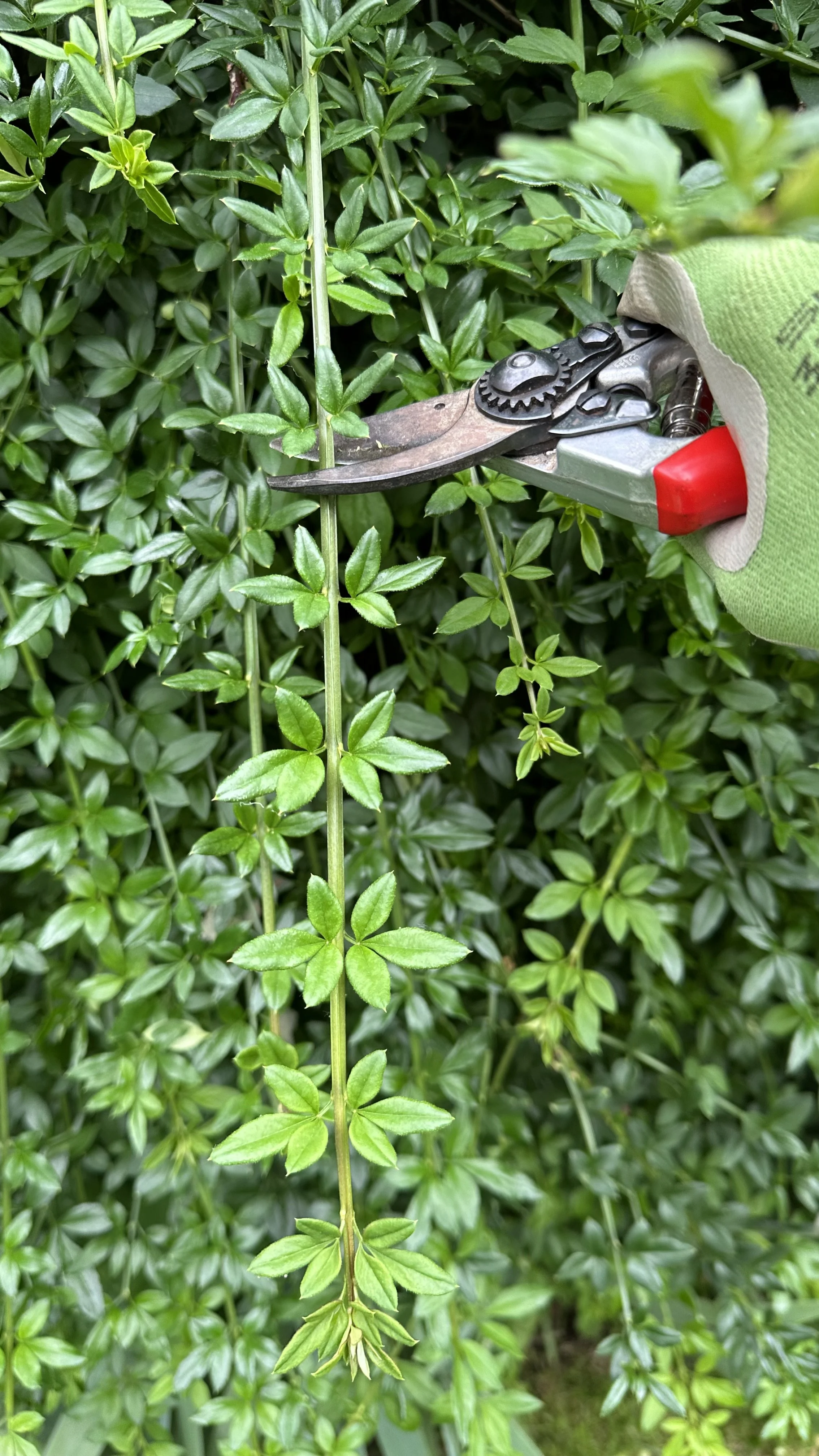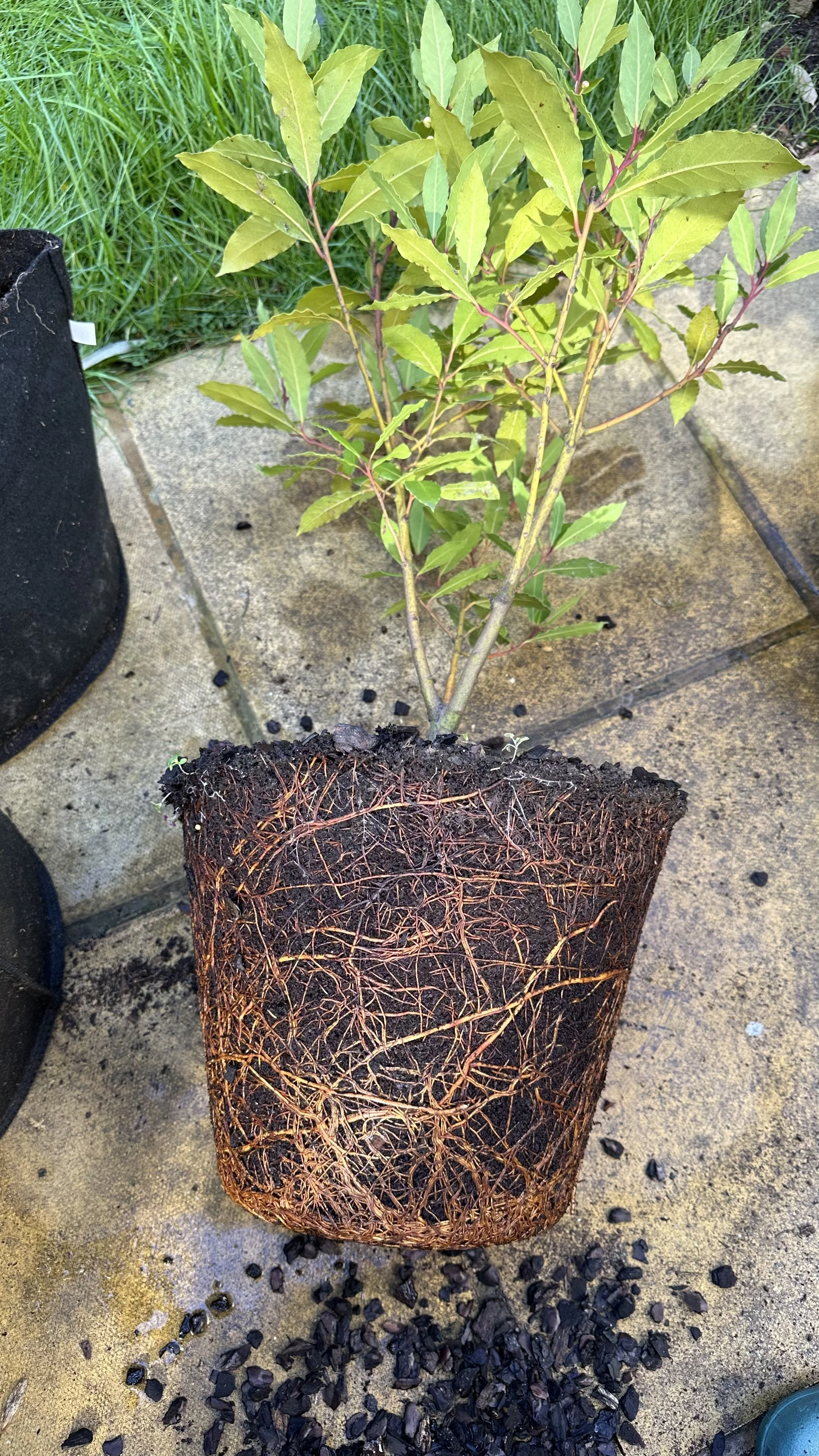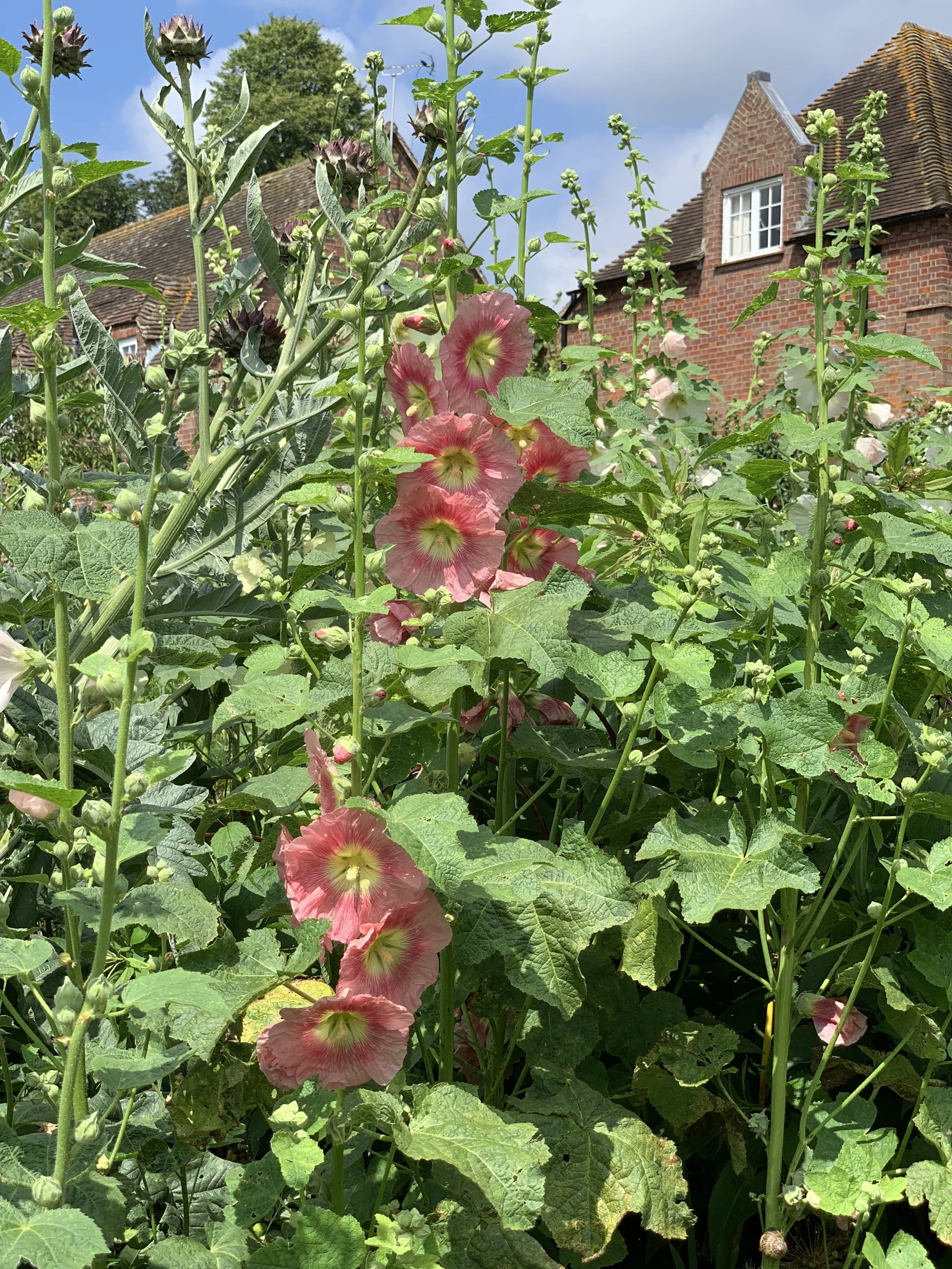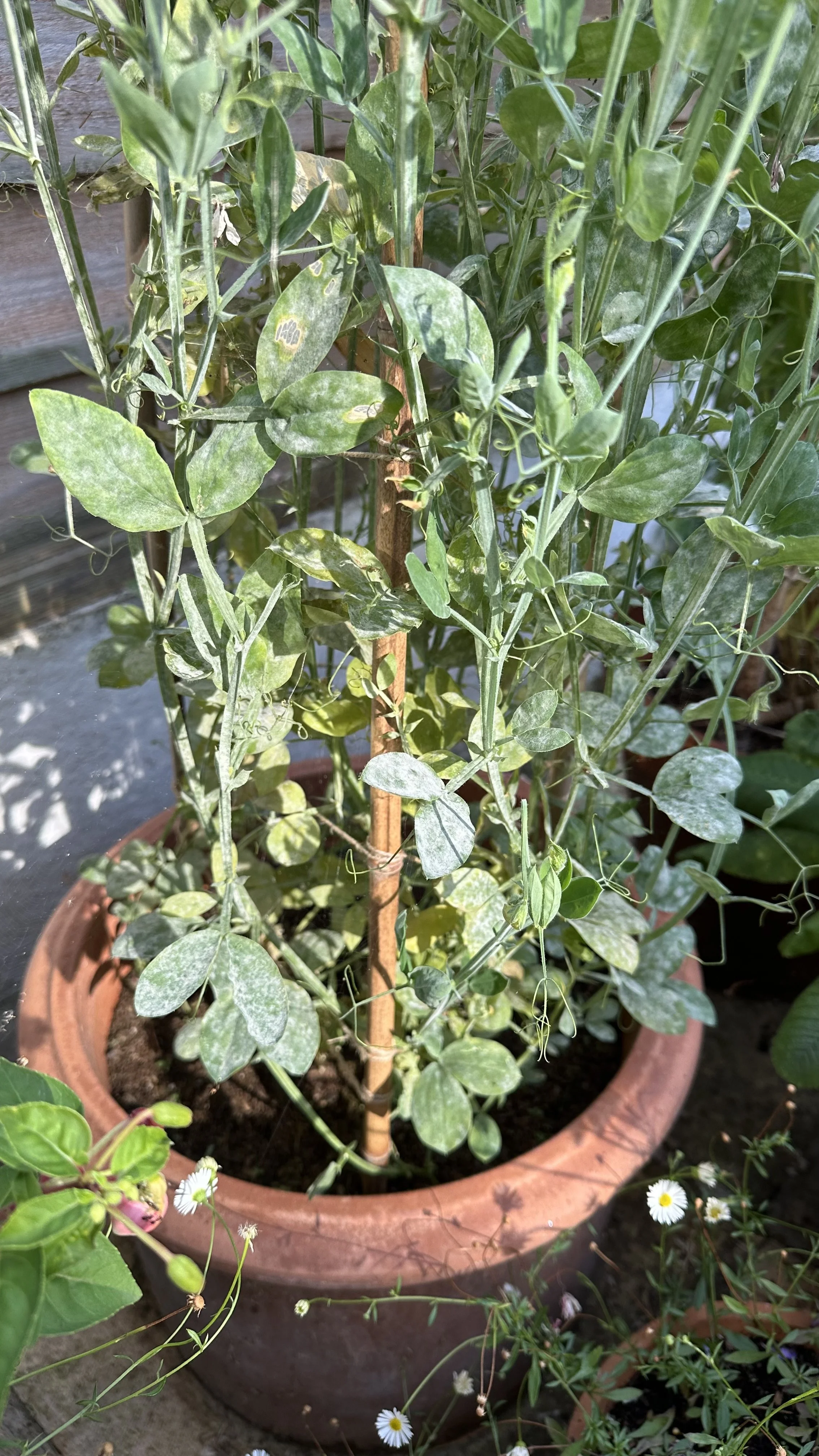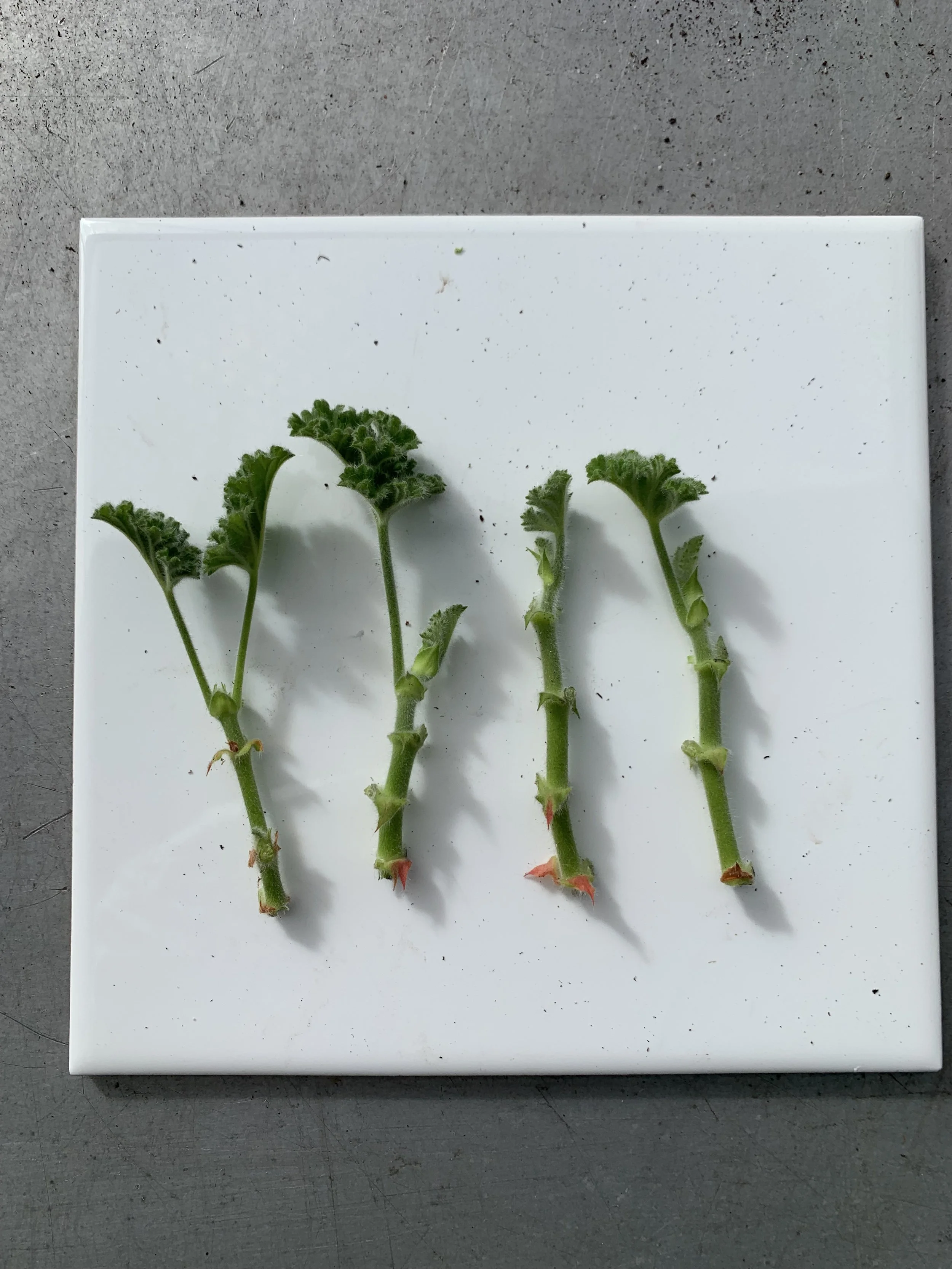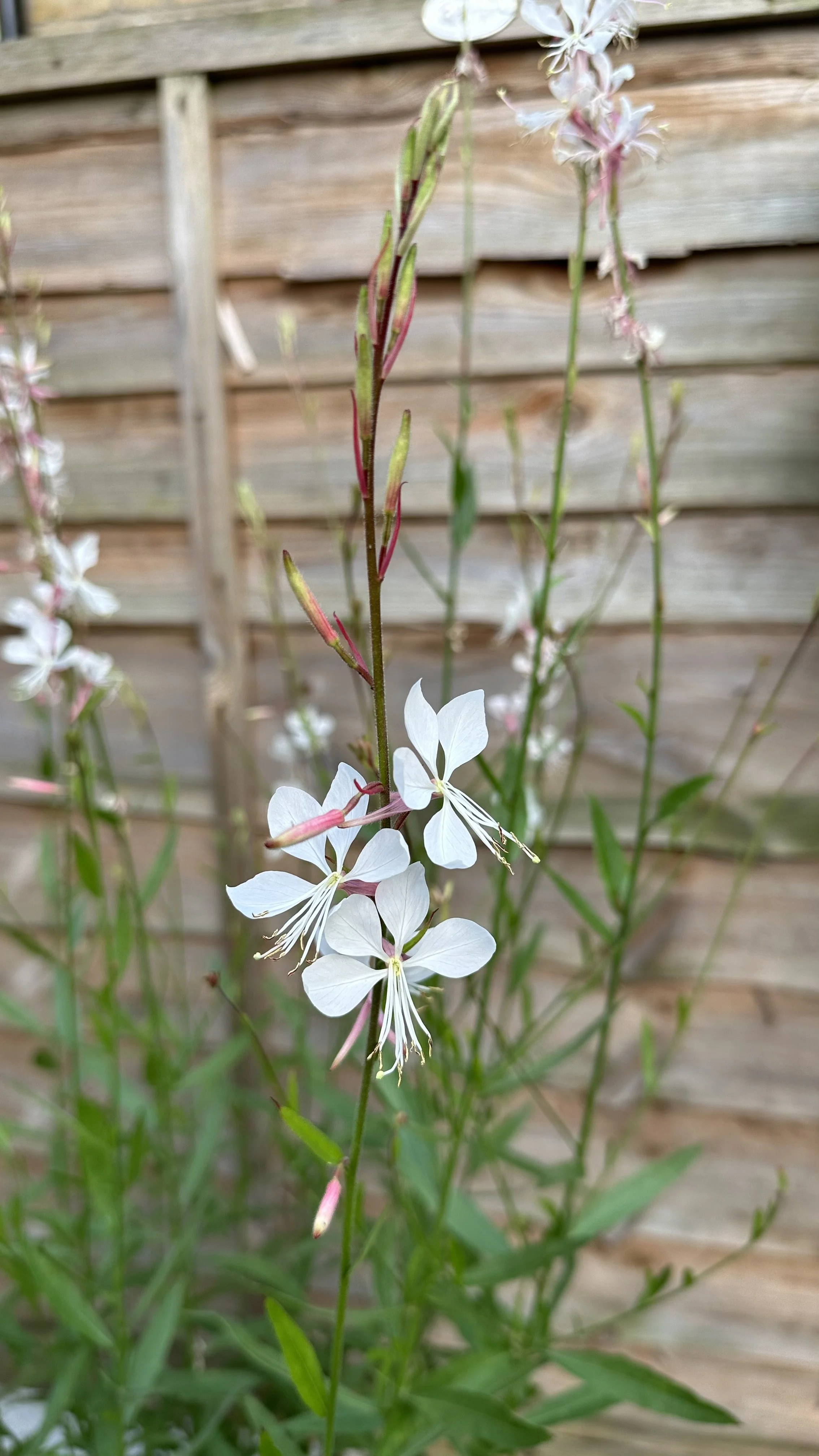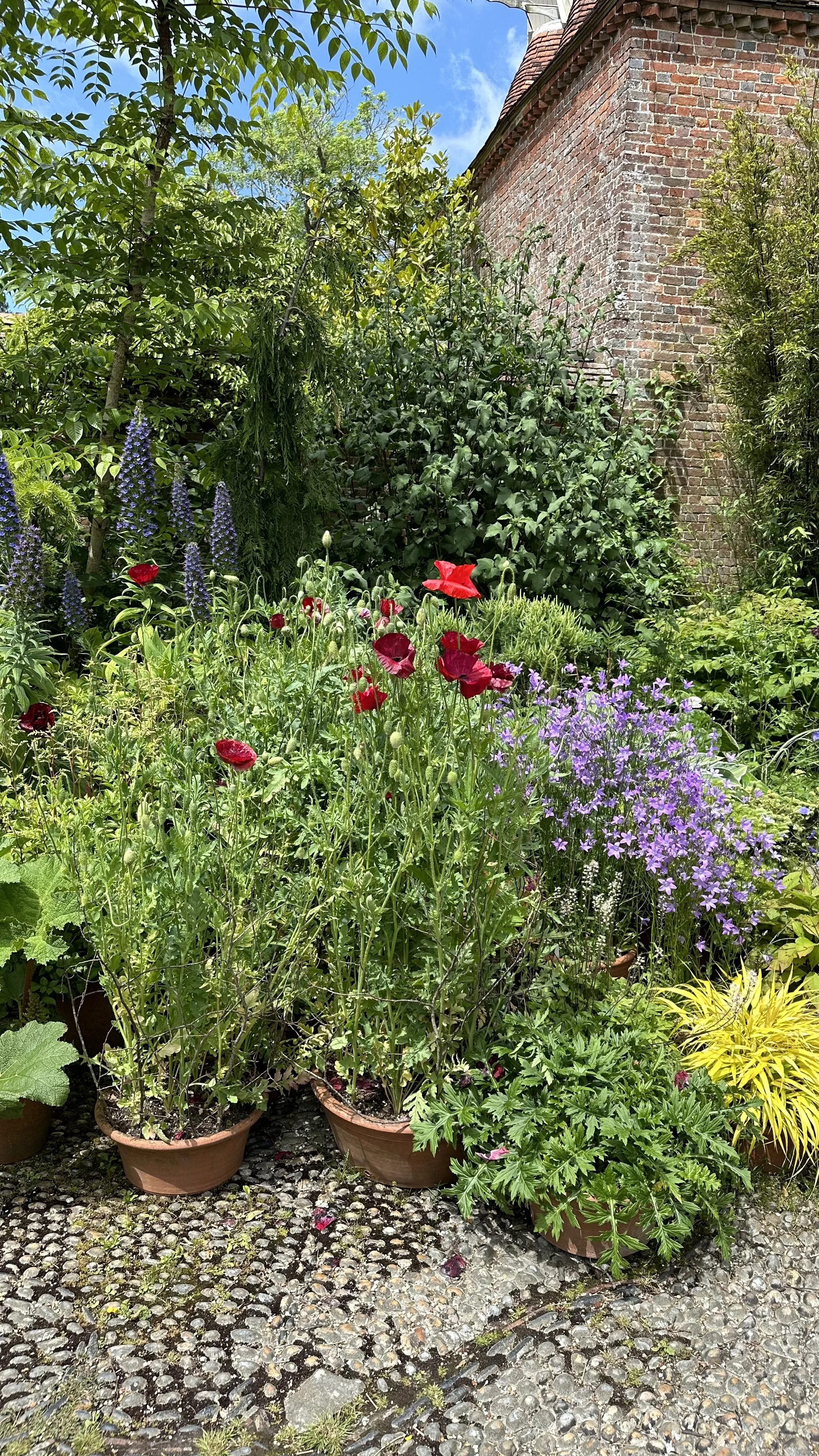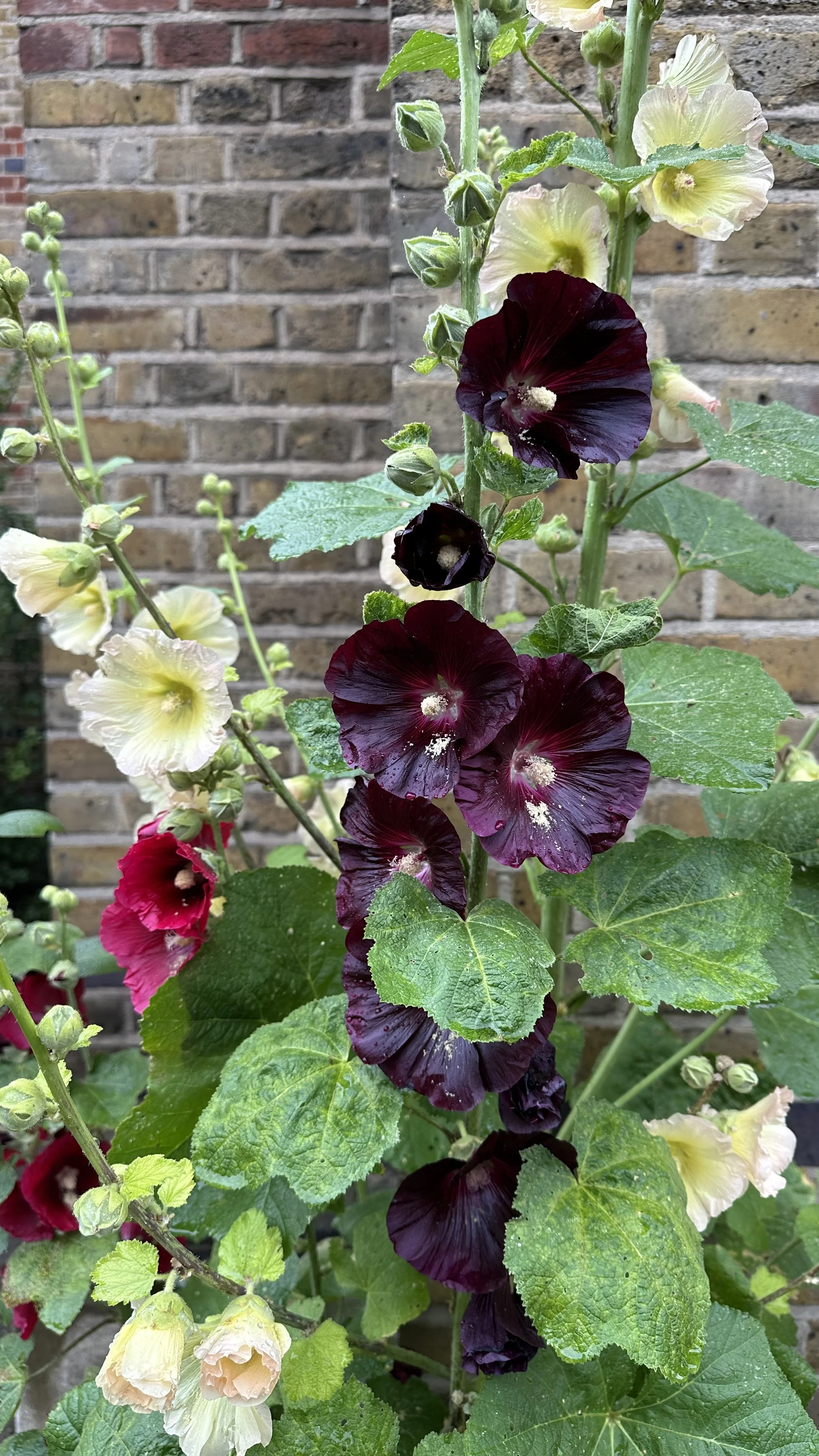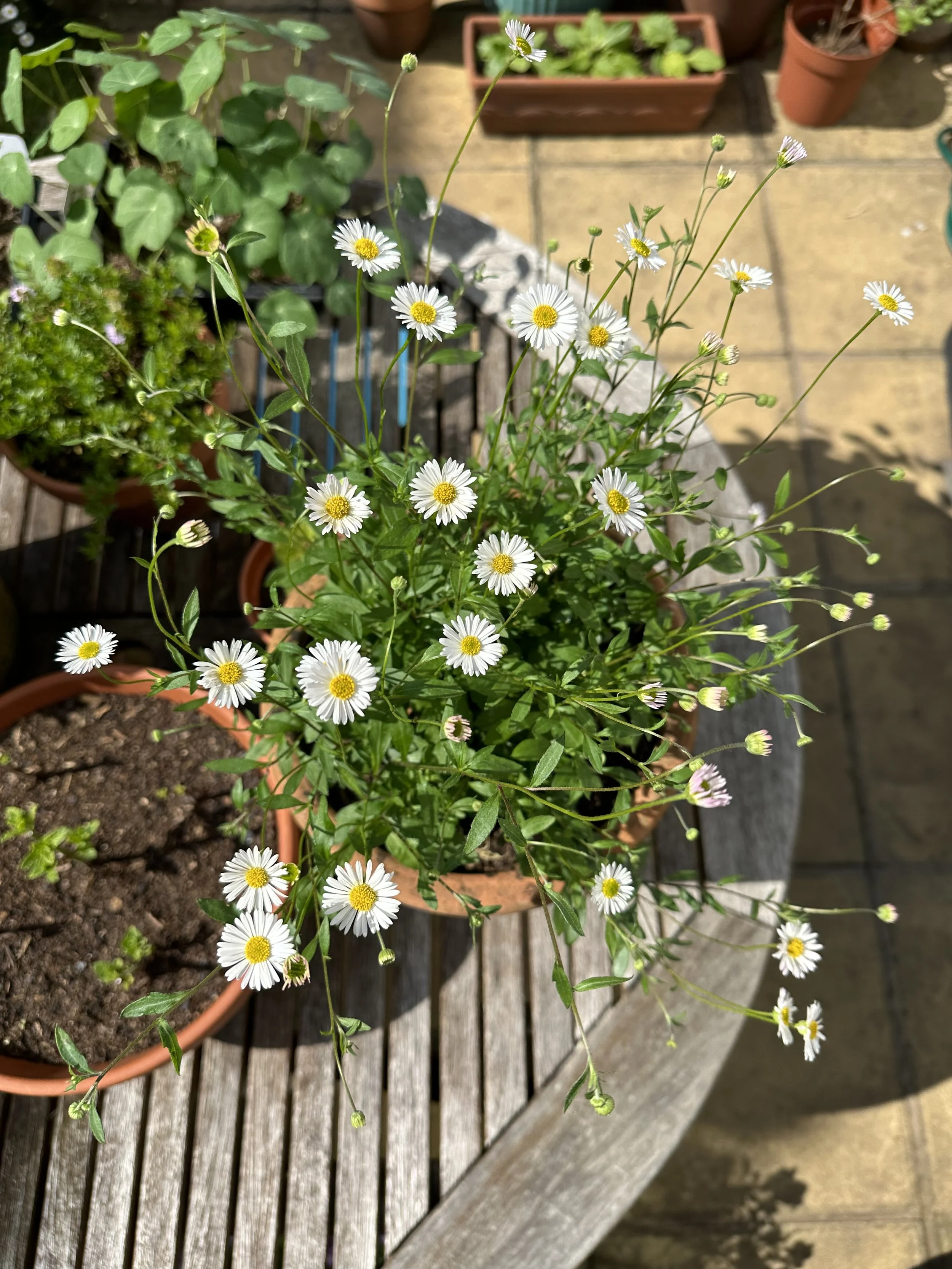Sweet Peas Powdery Mildew: How to Avoid It
This website is reader-supported - thank you! This post may contain affiliate links. As an Amazon Associate, I earn from qualifying purchases at no extra cost to you.
This last season, I came across a problem I know a lot of people face: powdery mildew on sweet peas.
The first time I spotted that white powdery film on the leaves, I was worried.
But now I’ve devised a plan for how to avoid it.
In this post, I’ll share how to deal with powdery mildew on your sweet pea plants and how to avoid it coming back.
To learn more about growing sweet peas, check out my guides:
Powdery mildew on my sweet peas.
Recognizing Powdery Mildew on Sweet Peas
I remember the first time I noticed powdery mildew on my sweet pea leaves.
It was late in the season, and I saw small, chalky-white patches appearing almost overnight.
At first, I didn’t think much of it—maybe it was just some dust from the yard.
But the spots started spreading, and that’s when I realized there was an actual problem.
From my experience, the mildew tends to show up first on the lower foliage, where the leaves are more shaded and sometimes stay damp longer.
After a few days, the white patches can grow into a fuzzy coating and creep up toward the newer growth.
I’ve also seen leaves begin to curl, turn yellow around the edges, and eventually develop a brittle texture if I let the mildew go unchecked.
For me, the real giveaway is that fine, powdery look—almost like someone dusted the leaves with flour.
It’s usually more pronounced in warm, humid conditions, or if I accidentally water the leaves rather than focusing on the base of the plants.
If I spot it early, I have a much easier time dealing with it and keeping my sweet peas healthy.
To learn more about dealing with powdery mildew, check out my guide:
Powdery mildew starting at the bottom of the plant and working its way up.
Why Powdery Mildew Appears
I used to wonder why powdery mildew kept popping up on my sweet pea plants, even when I was pretty careful about watering.
Over time, I realized this disease has some very specific likes and dislikes.
A big factor I’ve noticed is overcrowding.
If my sweet peas are too close to other plants, like shrubs or nearby vegetables, the lack of airflow can encourage mildew growth.
Good air circulation helps dry off any moisture on the leaves, reducing the conditions that let the disease develop.
When I started spacing my plants more generously, I saw a big drop in mildew problems.
I also discovered that if I keep growing peas in the same exact spot year after year, the risk of mildew gets higher.
Rotating plants to a different area in my garden each season has been a game-changer.
It’s not always convenient to shift them around, but the reduced likelihood of recurring mildew is worth it.
Overall, powdery mildew likes warmth, moisture, and calm air.
For more gardening ideas, check out my guides:
Preventive Measures I Take
For me, the best way to handle powdery mildew is to stop it from appearing in the first place.
One key strategy is to space out my sweet peas so there’s plenty of room for air to move around.
When I used to cram them in too close, I’d often see those white spots showing up sooner rather than later.
A little extra distance between plants works wonders in keeping leaves drier.
Another thing I pay close attention to is watering.
If I can, I’ll water at the base of my sweet peas instead of spraying the leaves.
That way, I’m not creating a moist environment on the foliage, which mildew seems to love.
I also try to water early in the day so the sun can help dry off any splashes that land on the leaves.
I rotate my crops, too.
If I plant sweet peas in the same spot repeatedly, it feels like mildew just sticks around in the soil, waiting for them to return.
Moving them to a new area in my garden each year has really cut down on issues.
Even a little shift can make a difference.
Finally, healthy soil leads to stronger plants.
I like to add compost or well-balanced fertilizer before planting.
Sturdy sweet peas are less likely to succumb to disease, so keeping them strong from the start is a big part of my prevention plan.
Here is the compost I recommend:
Here is the fertilizer I recommend:
For more tips, check out my guides:
My Go-To Ways to Manage Powdery mildew on Sweet Peas
Whenever I see even a hint of that white coating on my sweet peas, I like to act right away.
The first thing I usually do is prune off any leaves that are already covered in mildew.
I find it helps to bag and throw them out (instead of composting) so I’m not accidentally reintroducing the disease to the garden.
Next, I’ll often reach for a targeted product that’s safe to use on peas and labeled for handling powdery issues.
I prefer options that won’t harm beneficial insects or the surrounding plants.
Here is the one I recommend:
I also make sure I give my sweet peas another look in a few days—sometimes a second application is necessary if the weather stays warm and humid.
Cleaning up debris around the base of the plants is another step I take seriously.
Fallen leaves can harbor fungal spores that keep the problem going, so a quick tidy-up can really help.
And if the mildew is persistent, I’ll consider trimming back neighboring shrubs or thinning out plants nearby to get more airflow.
Overall, staying watchful and jumping into action as soon as I see that powdery film has proven to be the best approach for me.
Grow more this year with my guides:
FAQs
Can I use vinegar as a sweet peas powdery mildew home remedy?
Vinegar is sometimes mentioned in homemade fungicide recipes because its acidity can alter conditions on leaf surfaces.
However, direct application might damage certain plants if the solution is too strong.
Since scientific evidence on vinegar’s effectiveness for powdery mildew is mixed, it’s wise to do a small patch test before spraying it widely on sweet peas.
What kills powdery mildew effectively?
There are commercial fungicides formulated to target fungal growth, and these may contain ingredients like sulfur or copper compounds.
Some gardeners also use oils designed for plant use, which can help inhibit spore development.
The best option will vary depending on local regulations, the severity of the mildew, and personal preference (organic vs. chemical).
Always check product labels to ensure they’re intended for peas or related plants.
Are there other sweet pea diseases I should know about?
Yes, sweet peas can face issues such as root rots, leaf spot, and certain viral infections.
Doing a quick online search for “sweet pea diseases pictures” can help you identify additional ailments based on visual symptoms.
What are problems with sweet peas, aside from mildew?
Insect pests like aphids or thrips can sometimes be a nuisance, causing distortion or discoloration of leaves and flowers.
Poor soil quality or inadequate light can also lead to stunted growth.
If you notice unhealthy foliage or lack of blooms, you might explore whether a pest infestation, nutrient imbalance, or environmental factor is at play.
For more top tips check out my guides:
Wrap-Up
Over the years, I’ve come to realize that protecting sweet peas from powdery mildew isn’t just about following a list of steps—it’s about staying alert and learning as I go.
Every season is different, and I like to think of each challenge as a chance to pick up a new trick or two.
By spotting mildew early, pruning affected leaves, and giving my plants the right conditions to thrive, I’ve found that I can keep those white patches from taking over.
I’m always amazed at how a few simple habits—like spacing out my sweet peas, watering near the soil line, and rotating crops—make such a difference.
I also remind myself that the key is consistency.
If I get a little lax in my routine, mildew can sneak up again.
But with a watchful eye, I’ve seen my sweet pea plants come through stronger and healthier than ever.
With these tips, I hope you are able to grow and enjoy them year after year, no matter what challenges pop up.
Pin this post to save it for later!









